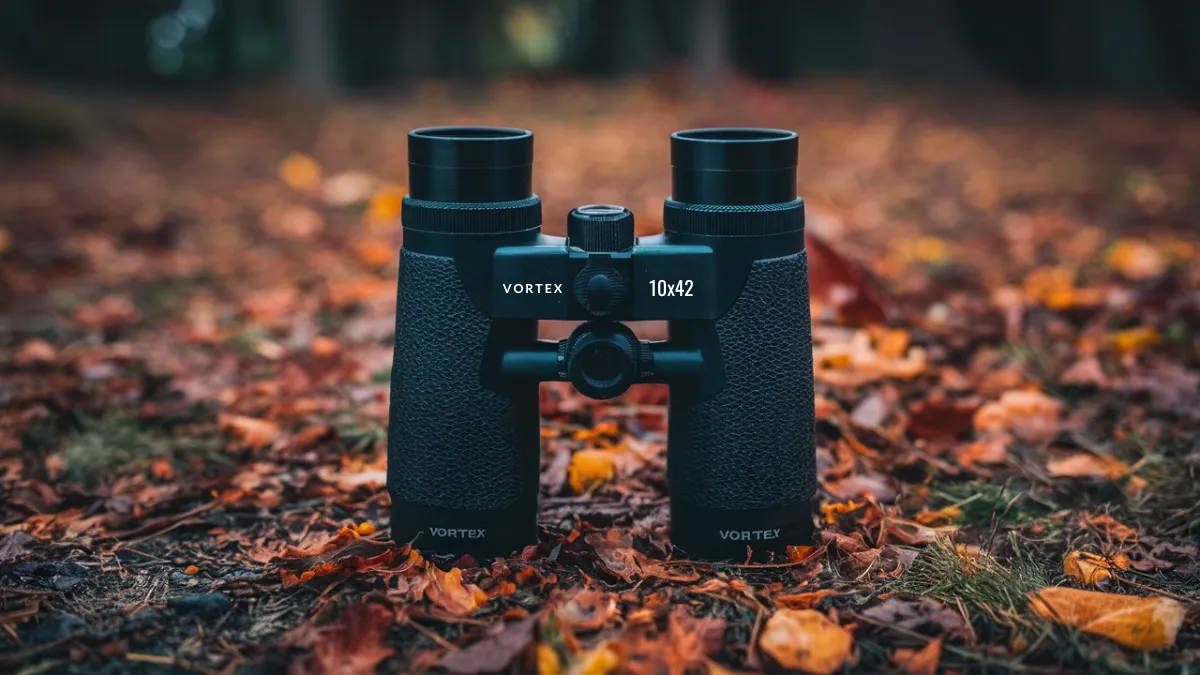Binoculars are popular optical devices used for various outdoor activities such as birdwatching, stargazing, and sports events. Understanding the numbers on binoculars is essential to make an informed choice when purchasing a pair. These numbers provide information about the binoculars' magnification, objective lens diameter, field of view, exit pupil, and lens coating. In this article, we will delve into each of these aspects to help you better understand what these numbers mean and how they affect your viewing experience.
Magnification
Magnification is one of the key numbers indicated on binoculars, typically denoted by a pair of numbers separated by an ‘x’. For example, if the binoculars have a magnification of 8x, it means that the object you are looking at will appear eight times closer than it would with the naked eye. Higher magnification can be advantageous for detailed observations, but it also has some drawbacks, which we will explore in more detail in the next section.
Objective Lens Diameter
The objective lens diameter is another important number to consider when choosing binoculars. It is represented by the second number in the pair, after the magnification. The objective lens diameter is typically measured in millimeters. For instance, if the binoculars have a specification of 10x42, it means that the objective lens diameter is 42 millimeters. The objective lens diameter affects the amount of light that enters the binoculars and therefore influences the brightness of the image you see. A larger objective lens diameter allows more light to enter, resulting in a brighter image. However, it also increases the size and weight of the binoculars.
Interpreting the Numbers
Now that we understand the significance of magnification and objective lens diameter, let’s explore how these numbers work together and impact your viewing experience.
Magnification and Lens Diameter Ratio
The ratio between the magnification and the objective lens diameter determines the size of the exit pupil, which is the small circle of light that reaches your eye. To calculate the exit pupil size, you divide the objective lens diameter by the magnification. For example, if the binoculars have a magnification of 8x and an objective lens diameter of 42mm, the exit pupil size will be approximately 5.25mm (42 divided by 8). The exit pupil size affects the brightness of the image. A larger exit pupil size allows more light to enter your eye, resulting in a brighter image, particularly in low-light conditions.
Effects of Higher Magnification
While higher magnification can bring distant objects closer, it also has some downsides. One trade-off of higher magnification is a narrower field of view, which means you will see a smaller portion of the scene you are observing. Additionally, higher magnification can make the image appear shakier since any slight movements of your hands are magnified as well. To minimize this effect, you can use binoculars with image stabilization technology or support the binoculars with a tripod.
Effects of Larger Objective Lens Diameter
A larger objective lens diameter allows more light to enter the binoculars, resulting in a brighter image. This is especially beneficial in low-light conditions where you need a clearer view. However, larger objective lenses also make the binoculars heavier and bulkier. It is important to find a balance between the desired brightness and the overall size and weight of the binoculars.
Field of View
Field of view refers to the width of the observable area when looking through the binoculars. It is typically measured in either feet or degrees. A wider field of view allows you to see a larger area, making it easier to track moving objects or observe a broader landscape. On the other hand, a narrow field of view can make it challenging to locate and follow subjects. It is important to consider the intended use of the binoculars when selecting the appropriate field of view.
Exit Pupil
The exit pupil size, as mentioned earlier, is determined by the ratio between the objective lens diameter and the magnification. It represents the amount of light that reaches your eye and is measured in millimeters. A larger exit pupil size provides a brighter image, particularly in low-light conditions. However, the size of the exit pupil also relates to the human eye’s pupil size. In daylight conditions, the human eye’s pupil size can range from 2mm to 4mm on average, so an exit pupil larger than that may not provide any additional benefits.
Understanding the Lens Coating
Binoculars often come with lens coatings to enhance image quality and reduce glare. These coatings are applied on the internal and external lens surfaces and can have different properties such as anti-reflective coatings. The lens coating terminology commonly includes phrases like “fully coated,” “multi-coated,” and “fully multi-coated.” These coatings help to improve light transmission, color fidelity, and contrast, resulting in a clearer and sharper image. When comparing binoculars, it is important to consider the type and quality of the lens coating.
Summary
Understanding the numbers on binoculars is crucial for selecting the right pair that suits your needs. The magnification and objective lens diameter determine the viewing capabilities, while the field of view and exit pupil impact the overall viewing experience. Additionally, considering the lens coating can greatly enhance image quality. By understanding these numbers and their implications, you can make an informed decision when purchasing binoculars and enjoy the wonders of the outdoors with a clear and immersive view.




